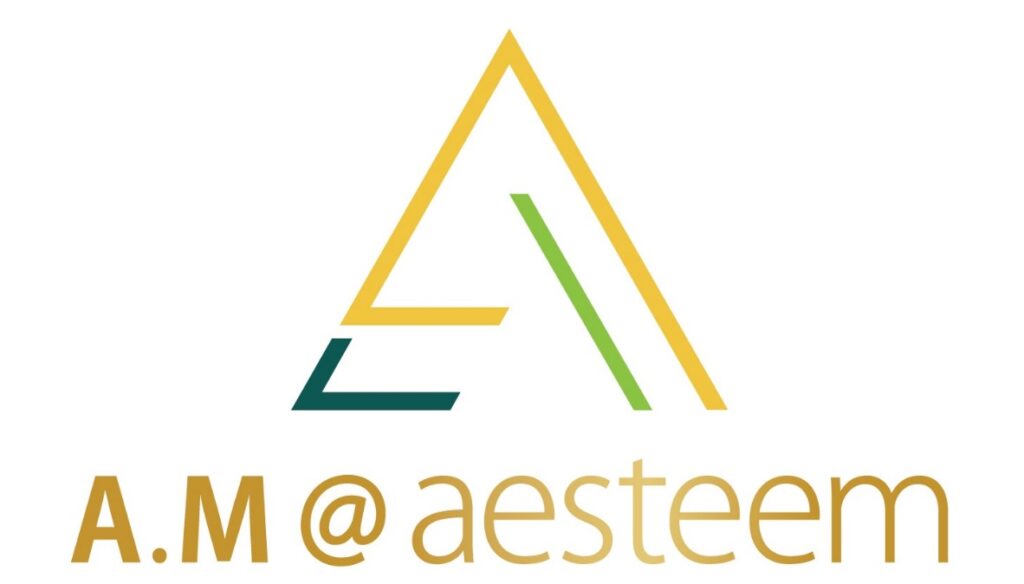- Call Us: +65 8866 5425
- Singapore: Opening Hours
- Malaysia: Opening Hours

Dearest Aesteem Customer,
A.M Aesthetics is pleased to announce the acquisition of Aesteem Aesthetic Clinic’s prestigious practice.
The A.M team would like to welcome you to our family and assure each and every valued customer that treatment, service quality standards will continue to be upheld.
We would also like to clarify that the fulfilment of any and all ongoing treatments and/or packages will not be disrupted, and will carried out with the same high levels of standard.
Retention of your preferred Aesteem Doctors
A.M Aesthetics are proud to highlight that doctors, Dr. Daniel Wee and Dr. Lau Xin Rou will be joining the A.M Aesthetics team to continue providing you and other customers with great, professional aesthetic treatment and care.
We look forward to your continued support.
Enquiries
For any enquiries and concerns, please do not hesitate to contact us via:
Email: [email protected]
Contact/Whatsapp: +65 8866 5425
You are more than welcome to contact our enquiries hotline above for any questions, and will be in touch to assist each customer during this transition period.
Yours Sincerely,
The A.M Aesthetics Team

Singapore
Opening hours:
Mon-Fri: 11.00am-8.30pm
Sat: 11.00am-7.30pm
PH & Sun: 11.00am-7.00pm
Malaysia
Opening hours Monday – Sunday
10:00am – 07:00pm (Except Sunday)
10 Ubi Crescent Ubi Techpark
Lobby E, #03-94
Singapore 408564
Scan this QR code
